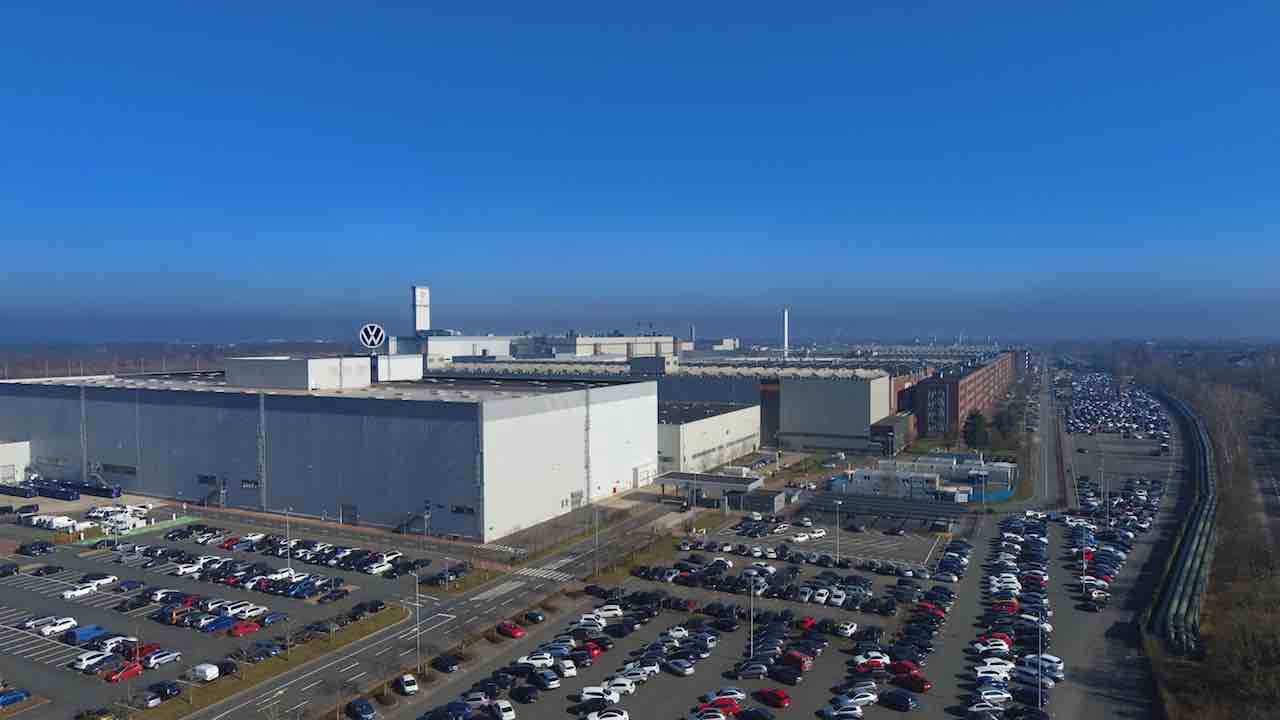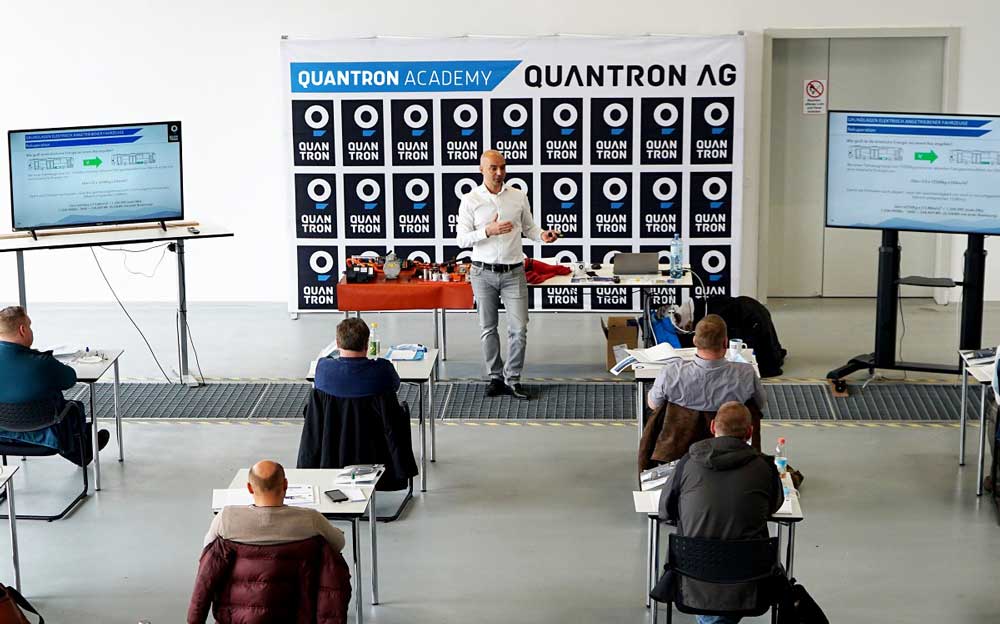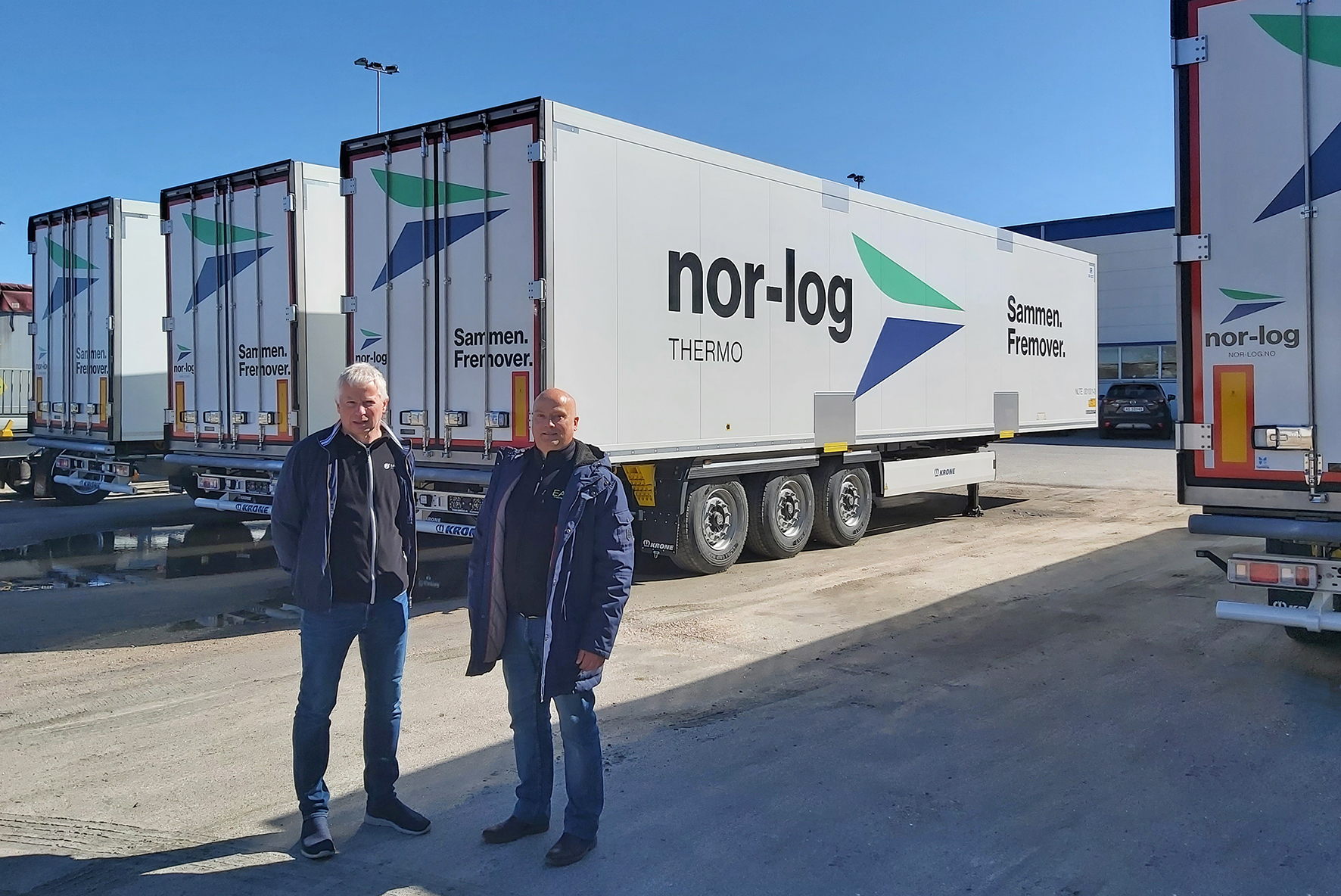Hydrogen has a long and unsuccessful history in the transport industry and other mobility solutions. But now, two years after its initial presentation at IAA Hannover in 2018, the joint project of the Swiss start-up H2 Energy and of Hyundai Truck & Bus with several important local player in transport and logistics is entering the phase of reality.
From Martin Schatzmann, Switzerland
Truck maker and energy provider were reluctant for some time concerning the issue of hydrogen. Not long ago a shift of perspective has occurred, and everybody seems to turn to hydrogen and fuel cell. But in regard of time to realisation patience is of importance, because most of the plans see tangible results from 2025 onwards. Not so in Switzerland; for once the Swiss are moving faster than the rest of the pack, thanks to the long and relentless effort of the small start-up “H2 Energy” in Zurich.

There is a major problem when deploying hydrogen and fuel cell vehicles. With no filling stations, there are no vehicles. And with no vehicles, there are no filling stations. Who is the one who takes the necessary first step? The beauty of the project in Switzerland lays in the effort to unify all involved parties, from truck maker to hydrogen production to hauliers and filling station chains, in order to create an environment for everybody to gain profit of and to make it happen for all at the same time. For this reason, the Jury of the Truck of the Year honoured the joint venture Hyundai Hydrogen Mobility with the “Truck Innovation Award 2020“, an award which ITOY granted last November for the first time in its existence.
The push from Hyundai Hydrogen Mobility HHM and the Swiss players to create a circular economy for hydrogen in the transportation sector is paying out now. On the 7th of July an important step was taken. “We write history!” exclaimed special guest aviation pioneer Bertrand Piccard. In St.Gallen, in the eastern part of Switzerland, the second commercial filling station for hydrogen was inaugurated. During the next half year four additional stations will follow along the main traffic axis east west, making it six stations between Lake Constance and Lake Geneva. More stations are already in the planning stage and by 2023 the hydrogen-supply should reach a nationwide level. Unlike other countries, in Switzerland no one asked for government incentives to deploy technology and infrastructure, because all Swiss players are convinced, that “only the commercial orientation will assure continued success for such a project.”

With the rollout of the filling stations all three sectors of the circular economy are playing out their active role now, complementing the sectors of the truck and of the production of hydrogen. A crucial part in the game plays the booster club “H2 Mobility Switzerland” (Förderverein H2 Mobilitaet Schweiz). He combines all major service station operators, many big Swiss hauliers and major retailers, in other words all those who use the hydrogen and the trucks. The first vehicle arrived on the 18th of February in the country. This Xcient Fuelcell is not yet a customer’s truck but is since being used by Hyundai to run tests and to complete test drives. This helps to finalise different calibrations of the truck before serial production starts on a big scale. And the test is essential for the technical matching of vehicle and infrastructure, aligning the necessary protocols between the trucks and the filling stations.
At the same time as the inauguration of the new filling station in St.Gallen Hyundai was shipping the first 10 Xcient Fuelcell for customer use on their way from South Korea to Switzerland. These serial trucks will start running in daily operations by the end of September. By the end of the year a total of 50 customer trucks are supposed to be turning in Switzerland. Another 150 trucks are planned for 2021 and the plan provides a total of 1600 Xcient Fuelcell to be deployed in Switzerland by the end of 2025.

The supply of green hydrogen is provided by the joint venture Hydrospider. The first electrolyser (max power 2 MW) is up and running at the hydroelectric power station in Goesgen since this April and it produces up to 300 tons of green hydrogen per year. This is enough to supply 40 to 50 fuel cell trucks or theoretically up to 1700 fuel cell automobiles. A second production is on its way in the proximity of the new service station in St.Gallen, and it should be operational in about one year’s time.
It is essential for the Swiss project that the trucks remain under the ownership of Hyundai Hydrogen Mobility. The costs are being charged pay-per-use, for this reason hauliers and retailers negotiate their specific transportation tasks with HHM. HHM and the hauliers agree on a specific prize per kilometre, which includes the hydrogen and all service and support of the trucks. Therefore, the refuelling stations charge the cost for hydrogen not to the haulier but to HHM directly. This procedure allows a precise calculation of the TCO for the hauliers and helps to forecast the quantity of hydrogen. In addition, the hydrogen refuelling stations negotiate the purchase price for hydrogen with Hydrospider and they resell it with a reasonable surcharge to HHM. To become profitable and cover the still relatively high investments of a refuelling station about ten to twelve (10-12) Trucks are needed per station.But all filling stations are not only equipped with nozzles for 350 bar pressure for trucks, but with nozzles for 700 bar pressure for cars. This prepares the ground for fuel cell cars in Switzerland.

The key for this commercial oriented project lays in the Heavy Goods Vehicle Tax (LSVA, Leistungsabhängige Schwerverkehrsabgabe) in Switzerland, which is waived for trucks with zero emissions. The abate of this emission tax economises a substantial amount of money, allowing Hyundai to balance the higher cost of the new technology of the fuel cell trucks, bringing the TCO at eye level with a traditional diesel truck. New projects in other countries should have a similar part, with the same financial impact as the Heavy Goods Vehicle Tax in Switzerland in order to get the necessary commercial orientation as in Switzerland. A first project is started in Norway with the joint venture Green H2 Norway. The game changer in Norway is the lower production cost of hydrogen because of the very humble electricity price.










